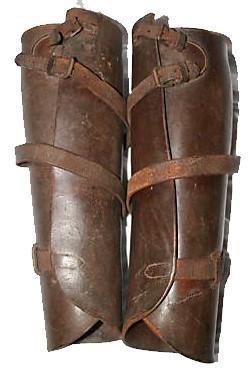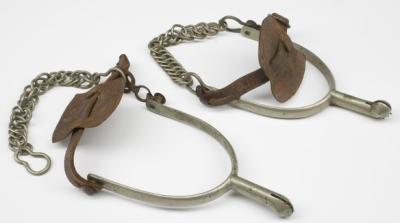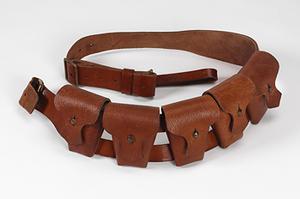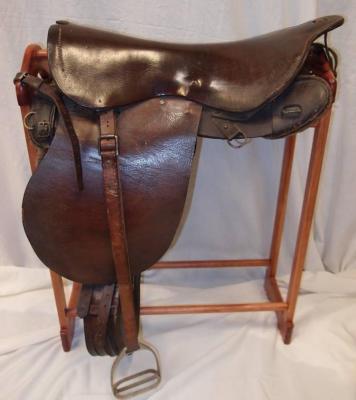Formation Sign 5 Australian Division (World War 1)
Each Division of the Australian Imperial had a divisional sign. This was a distinct design and not the same as the shoulder flash placed on uniforms. It could be used to mark equipment or supplies intended for a specific unit. The 5 Division sign was the numeral 5 within a 9 point rising sun.
The 5th Division was an infantry division of the Australian Army which served during the First and Second World Wars. The division was formed in February 1916 as part of the expansion of the Australian Imperial Force infantry brigades. In addition to the existing 8th Brigade were added the new 14th and 15th Brigades, which had been raised from the battalions of the 1st and 2nd Brigades respectively. From Egypt the division was sent to France and then Belgium, where they served in the trenches along the Western Front until the end of the war in November 1918. After the war ended, the division was demobilised in 1919.
Details
Details
During World War 1, Division formation signs were based on a rising sun design although the number of points varied between 9 and 13 This design was based on a trophy of arms which also led to the creation of the rising sun cap badge,
The marking of military equipment is not a new phenomena. A broad arrow, is a stylised representation of a metal arrowhead, comprising a tang and two barbs meeting at a point. It is a symbol used traditionally in heraldry, and later by the British government to mark government property.
The broad arrow was used in England from the early 14th century, and more widely from the 16th century, to mark objects purchased from the monarch's money, or to indicate government property. It became particularly associated with the Board of Ordnance, and later the War Department and the Ministry of Defence. It was exported to other parts of the British Empire, where it was used in similar official contexts.
The use of markings on Australian military vehicles expanded and became more sophisticated following mass production and the mechanization of armies.
Australian Army Museum of Western Australia
Australian Army Museum of Western Australia
Other items from Australian Army Museum of Western Australia
- Formation Sign - I ANZAC Corps (World War 1)
- Formation Sign - II Anzac Corps (World War 1)
- Formation Sign - ANZAC Mounted Corps (World War 1)
- Formation Sign - Australian Mounted Division (World War 1)
- Formation Signs - Desert Mounted Corps (World War 1)
- Colour Patch - 11 Battalion Australian Imperial Force
- Colour Patch - 16 Battalion Australian Imperial Force
- Colour Patch - 44 Battalion Australian Imperial Force
- Stohwasser Leather Leggings
- Australian Army Issue Spurs
- 1903 Pattern Bandoliers
- World War 1, 1912 Universal Pattern Saddle

Scan this QR code to open this page on your phone ->












